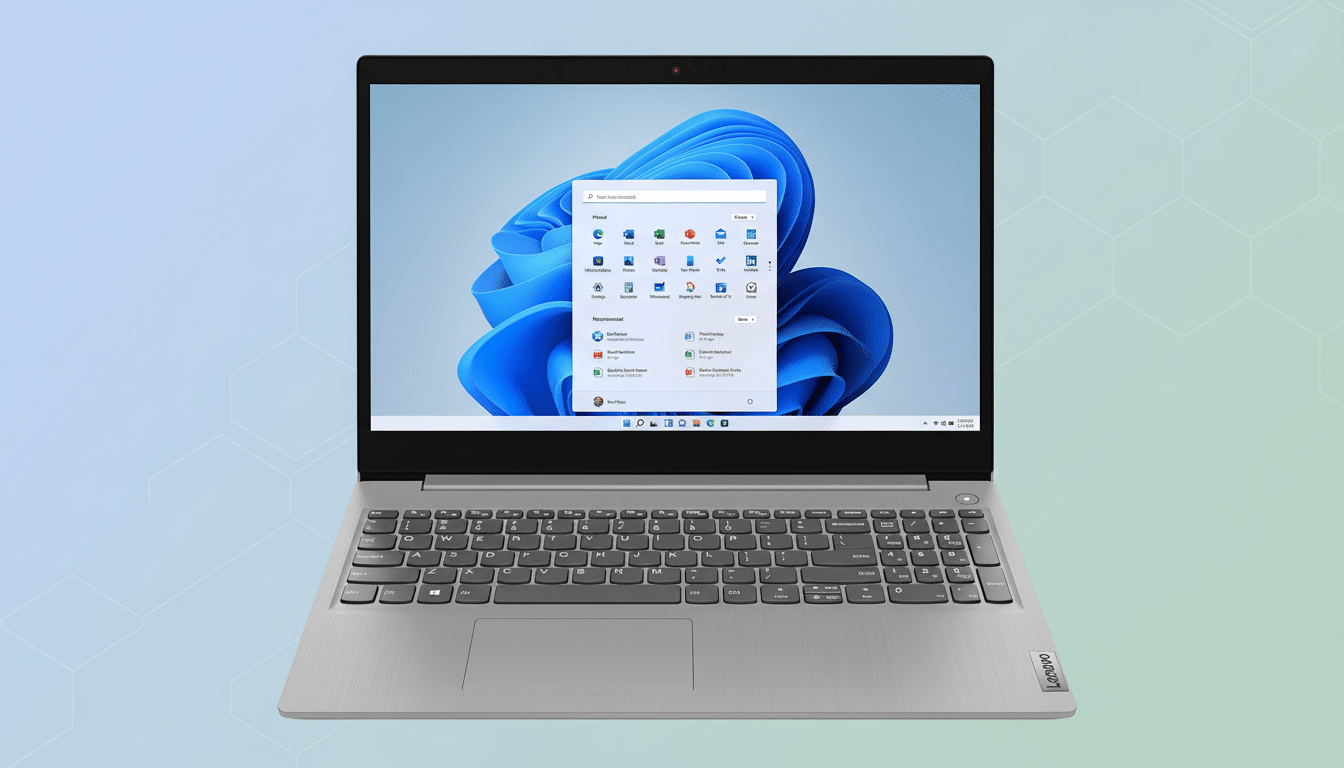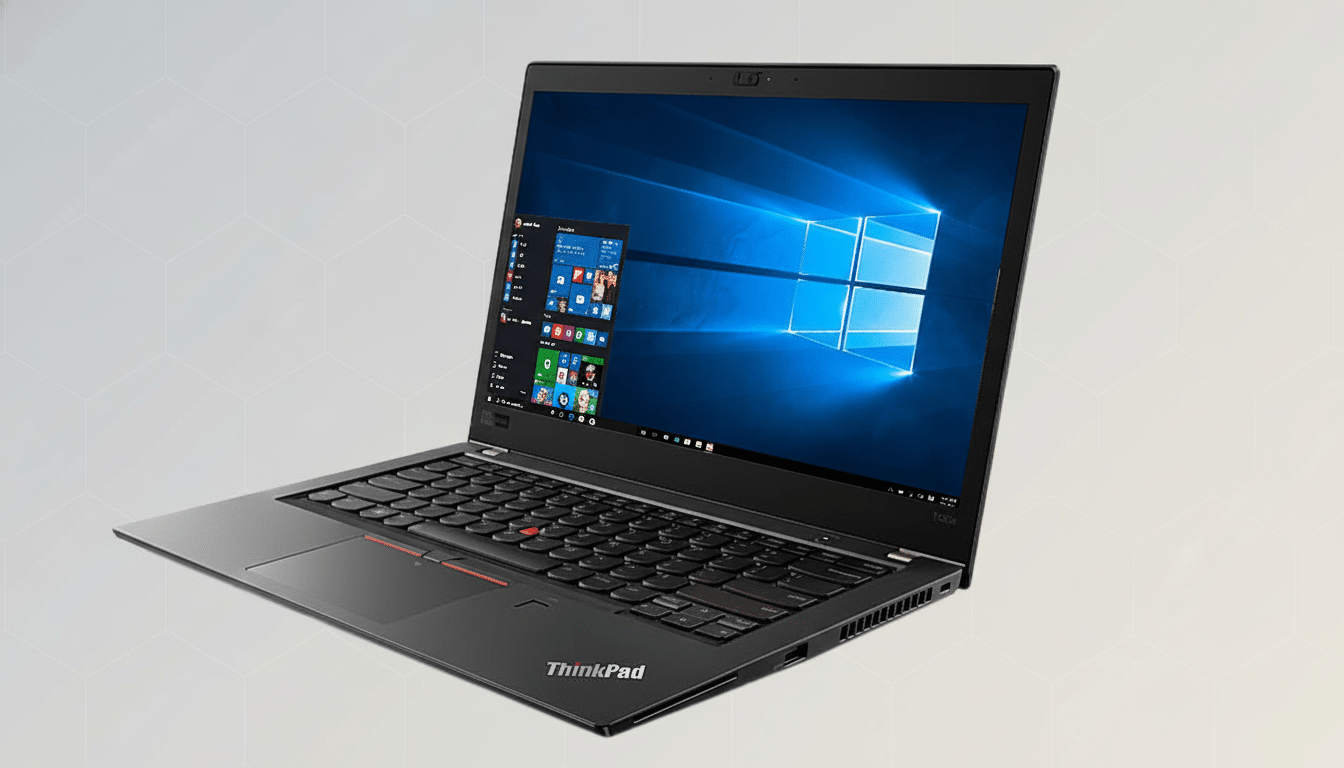Lenovo has canceled some orders for the Legion Go Gen 2 that were placed through its online store due to demand that “substantially exceeded” its internal forecasts. Customers also tell of how it has them choose delivery windows that are then set weeks in the future before some find their orders canceled and money refunded, a step Lenovo says is meant to avoid taking money for products it can’t ship promptly.
In messages shared with customers and in a follow-up posting on Reddit, the company underscored its refusal to accept payment and then hold funds when the timing of supply is unclear. Lenovo framed the decision as a capacity deficiency — not a product defect — and expressed regret to early adopters who were promised day-one delivery.

What Lenovo Says and Which Orders Are Affected
Lenovo also confirmed that the cancellations are for some (which is a cover-up) of the orders placed with Lenovo directly on Lenovo.com.
Orders from retail partners can be subject to allocation and shipping windows, and that policy may also change by region or SKU. Impacted buyers are getting automatic refunds, and Lenovo has instructed customers to keep an eye on direct stock and retail channels for rolling restocks.
When customers began to see updated delivery estimates, the shipping window would just be pushed back before shipments were canceled. That’s not much comfort to fans planning their builds around a new portable, but Lenovo seems to have decided that resetting expectations is preferable now than repeatedly moving delivery dates further down the road.
Why Demand for the Lenovo Legion Go 2 Surged
A spec list for the Legion Go Gen 2 reads like a treasure trove of features you wish PC handhelds had. It combines an 8.8-inch OLED panel (1,920 x 1,200) with a 144Hz variable refresh rate and can be configured with up to an AMD Ryzen Z2 Extreme processor, 32GB of LPDDR5X memory, and 2TB of NVMe storage. Pricing starts at $1,099.99 for entry-level, and there’s a top-tier model for $1,479.99.
Compared with competitors, Lenovo’s pitch is straightforward: a bigger, quicker display and top-end options meant to reduce compromises in today’s titles. The Valve-backed Steam Deck OLED puts efficiency first with a smaller, lower-resolution panel; meanwhile Asus’s ROG Ally line angles hard toward ultra-portable ergonomics. It’s a big-screen proposition for Lenovo, with PC-like configurability and the brand’s gaming laptop reputation certainly helping to explain the haste.

Hands-on previews from the press and creators have also emphasized that there is smoother frame pacing this time around as well as better HDR pop on account of OLED, and that’s the kind of thing that can influence early adopters. When the spec bump is this clear, demand centers on launch windows and on maxed-out SKUs, exactly where supply is also thinnest.
What Buyers Can Do Next to Secure a Legion Go 2
If you got a cancellation notice, look for a refund reversal on your card or bank account; the timing varies by issuer. According to Lenovo, no action is required for refunds. For those still hoping to score a unit, try turning on stock alerts (both online and for stores), looking for in-store pickup at some major retailers, and being flexible on your choice of storage or RAM, as they often restock at different rates.
It’s worth avoiding paying above face value to scalpers, too. Handheld PC release patterns tend to equal out in popularity once second and third production waves have shipped. In the past, premium configs lingered a lot longer in short supply, but mid-tier SKUs arrived on the scene faster and delivered similar on-the-go performance if you’re mostly playing esports titles or using upscalers like FSR.
A Mac-less World for Handheld PCs and Portable Gaming
This episode demonstrates how “smoking” the handheld PC category is. Recent high-end launches from various brands have also sold out early in first batches, and analysts at both IDC and Canalys have observed a renaissance of sorts for PC gaming form factors outside of the desktop, with premium tiers demonstrating outsized growth. Unlike most companies, Nintendo doesn’t list handhelds as a standalone category, but the pattern — small first waves of shipments and strong advance demand — has become an industry-wide mantra.
The short-term responsibility of Lenovo, though simple to say and more difficult to accomplish, is this: to turn that enthusiasm into orders placed, but with promises delivered rather than over-delivered. For buyers, the calculus is equally straightforward: if the Legion Go 2’s OLED panel and higher-end silicon are must-haves, patience and flexibility on configuration might be the fastest way to get one at MSRP.
Bottom line: Lenovo miscalculated demand and refunded instead of rolling out delays. It’s an unfortunate side trip for the early fans, but it lays the groundwork for cleaner restocks — and a more predictable shopping experience — once production catches up.

